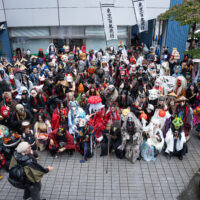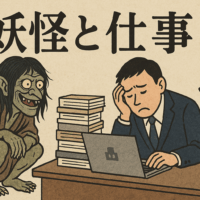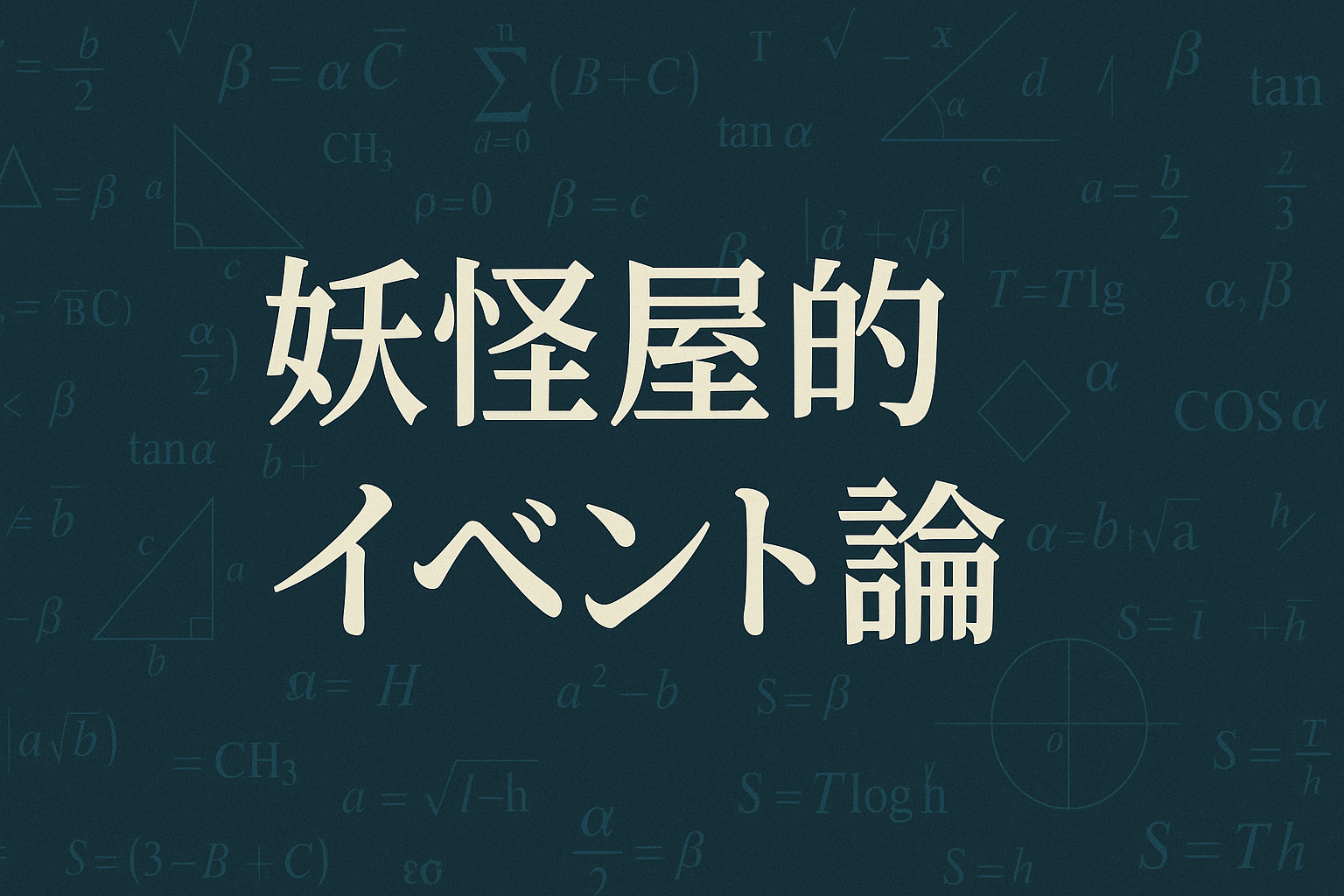
Were monsters once living creatures? The boundary between knowledge and the other world connected by the Compendium of Materia Medica

Introduction: Monsters at the Crossroads of Knowledge and Imagination
What are yokai? Are they scary creatures, humorous characters, or devices for interpreting nature created by human imagination? In this issue, through the theme of "Yokai x Honmatō Gangmoku," we will trace how yokai were once understood as "living things" and how they eventually transformed into stories and entertainment.
1596: Appearance of the Compendium of Materia Medica, a monument of knowledge
The Compendium of Materia Medica is an encyclopedia of pharmacology and natural history compiled by Ming Dynasty Chinese naturalist Li Shizhen in his later years. Published in 1596, it contains 52 volumes and over 1,900 types of medicines, organized according to classification, efficacy, form, and source. It includes things that are not confirmed to exist in modern times, such as dragon bones, seals, mermaids, and fire rats.
At the time, these records were based on folklore and classical texts, and were treated as part of a knowledge system in which scientific research and folklore coexisted.
10th to 17th centuries: The introduction and acceptance of the Honmao Gangmoku in Japan
The Honma Komoku was introduced to Japan in the early Edo period and promoted the development of pharmacognosy. In the mid-Edo period, a number of uniquely Japanese pharmacopoeias were produced.
Particularly important is Kaibara Ekiken's Yamato Honzo (Yamato herbal medicine), published in 1709. This is a book on pharmacology adapted to Japan's natural environment and climate, and also includes descriptions of popular beliefs and folk remedies.
The Wakan Sansai Zue (Terashima Ryoan), published in 1712, is an illustrated encyclopedia spanning 105 volumes, containing illustrations and explanations of legendary creatures such as baboons, monsters, kappa, and trees with human faces.
Mid-18th century: Hiraga Gennai and the rise of natural history
Hiraga Gennai (1728-1780) was known as a botanist, Dutch scholar, inventor, and comic novelist, and was active in both the fields of natural history and folklore.
He questioned the true nature of dragon bones, which were prized as medicine, and left a record of his findings. For Gennai, legendary beings were cultural phenomena at the crossroads of science and imagination. Most recently, he was played by Yasuda Ken in the historical drama "Berabou," so many people may already know him. In the drama, he refers to himself not as an inventor, but as "Hiraga Gengai, a botanist."
18th-19th Centuries: Yokai as Entertainment and Characters
In the late Edo period, yokai as objects of knowledge were gradually reinterpreted as entertainment and artistic material. In 1776, Toriyama Sekien's Gazu Hyakki Yakou (The Night Parade of One Hundred Demons) was published, introducing a wide variety of yokai with illustrations and simple descriptions. At this point, yokai began to play a role as a cultural device that "illustrated the invisible."
Around 1800, monsters became standard characters in popular literature such as yomihon, kusazoshi, and kibyōshi, and their narrative quality came to be emphasized over their real existence.
Late 19th Century to Meiji Period: Modernization and the Marginalization of Yokai
After the Meiji Restoration in 1868, Western science was introduced and traditional herbalism gradually fell into decline. However, yokai were passed down through storytelling, theater, and later manga culture, and became established as inhabitants of the world of stories.
During this period, there is a tendency for the legendary entities that were once recorded in herbal books to move entirely into the realm of fiction.
Conclusion: Yokai may be the "margin of knowledge"
Yokai are beings that were born in the process of trying to understand natural and social phenomena that are beyond the reach of human knowledge. Herbal books such as the Honmatō Gangmoku record such beings, conveying to us how people viewed the world.
Yokai are an intellectual heritage that straddles the boundary between "reality" and "imagination," and they demonstrate the flexibility of learning and culture in the Edo period. Yokai, once recognized as living creatures, continue to live on in our imaginations to this day.







No comments yet.